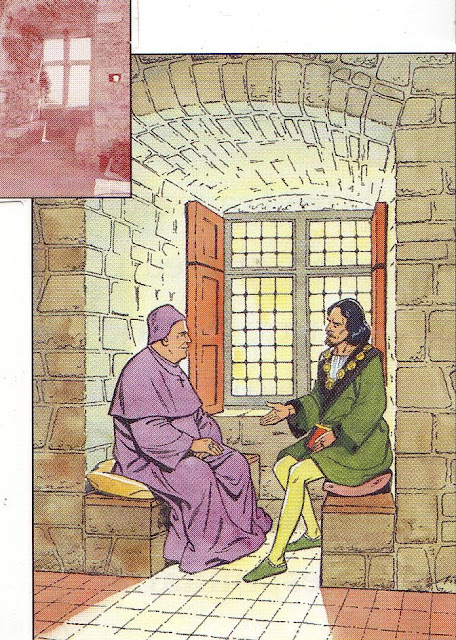Fête du Citron - Replacing rotten citrus
When the event is over, the Department of Parks and Gardens is left with the daunting task of removing everything in 5 days, including redoing the lawn in the Biovès gardens and replacing the plants.
The citrus fruits which are still in good condition are sold off at token prices in front of the Palais de l'Europe for the pleasure of those who like to make jam, syrup, orange wine, etc.
Several varieties of lemons are grown in the Menton region: Santa Theresa, Villafranca, Eureka. The shape is more elliptical than round with a bright yellow colour. It's also characterised by very fructiferous branches bearing up to fifteen fruits, while there are less than five to a branch on most lemon trees. Research reveals that the lemon grown in the Menton region is rich in acid and essence, with a high essential oil content in the peel.
Tomorrow - pirates!
There is a new series starting today on Monte Carlo Daily Photo which features, each day, one of 35 works of art currently showing in the Casino Gardens on the subject of ecology and art. Today - the Octopus made of turf and rubber gloves. Do click on the link.



































